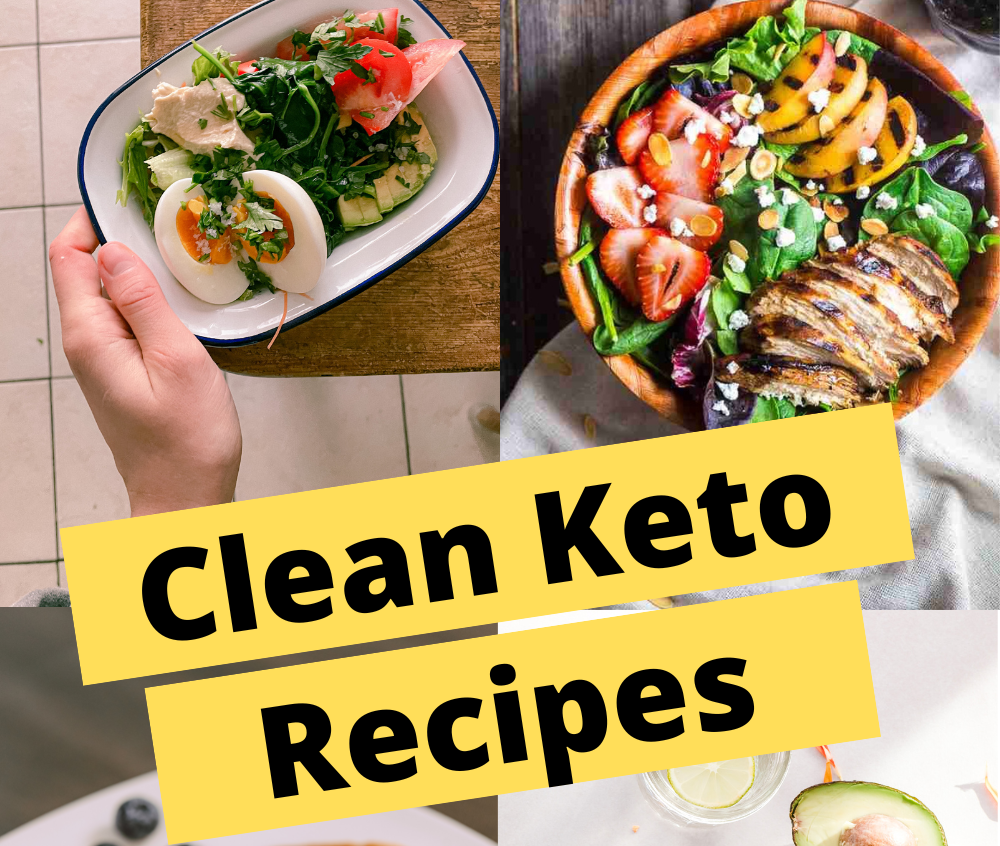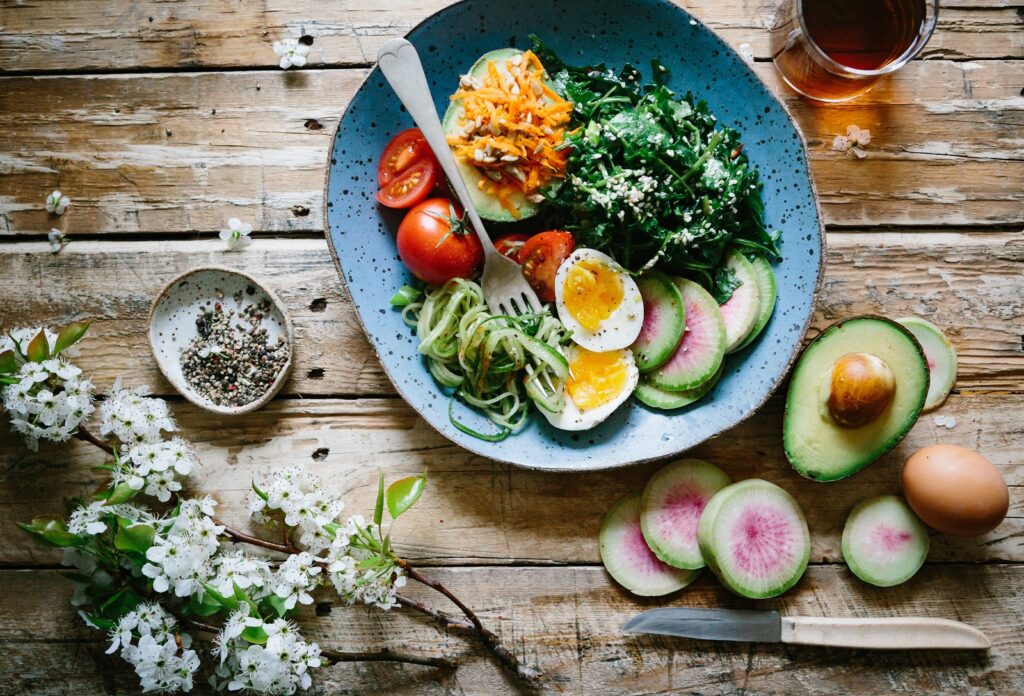Whenever you are in a conversation about weight loss, you hear about the Keto diet. The Keto diet has become a hot topic in Pakistan among people trying to lose weight and improve their health. Scientific research suggests that adopting this high-fat, low-carb
Keto weight loss plan can promote fat loss and offer glycaemic control in people with type 2 diabetes.Before you determine the best Keto diet plan for weight loss for you, it’s important to know the basics.
As a rule, the Keto diet is high in fats, very low in carbohydrates, and moderate in proteins. While following this diet, carb content is usually left between 5-10% – though there are some looser versions of the diet. Generally speaking, the Keto diet involves reducing carbohydrate intake and replacing them with fats. Such a reduction puts your body into Ketosis, where fat from your diet and body is burned for energy.

The Ketogenic diet typically involves reducing carbohydrate intake to less than 50 grams per day or even as low as 20 grams per day in some cases. This is significantly lower than the recommended carbohydrate intake, typically around 130 grams daily.
To compensate for the reduction in carbohydrates, the Ketogenic diet involves increasing fat intake. This typically involves consuming foods high in healthy fats, such as avocado, olive oil, nuts, and seeds.
The Ketogenic diet also involves consuming appropriate protein to support muscle mass and other body tissues. This typically involves consuming about 0.6-1.0 grams of protein per pound of body weight.
One of the key aspects of the Ketogenic diet is monitoring Ketone levels in the body. Your body produces Ketones when it burns fat for energy, and measuring Ketone levels can help determine whether your body is in Ketosis.
Some people who may be suitable candidates for the Ketogenic diet include:
The Ketogenic diet may be helpful for people who are looking to lose weight, especially if they have struggled to lose weight with other diets.
The Ketogenic diet can improve blood sugar control and reduce the need for medication in some people with type 2 diabetes.
The Ketogenic diet may lower blood pressure in some people.
The Ketogenic diet may help to lower cholesterol levels in some people.

Here are some examples of foods that are typically included in a Keto diet plan for weight loss, male or female:
Meats: Beef, lamb, chicken, and other meats are all high in protein and fat, and they are generally allowed on the Ketogenic diet. It’s vital to choose grass-fed and organic meats whenever possible, as they are usually higher in nutrients and lower in additives and hormones.
Fish and sea-foods: Fish and seafood are also high in protein and healthy fats and are a good choice for the Ketogenic diet. Wild-caught fish and seafood are generally the best options, as they contain fewer contaminants and nutrients.
Eggs: Eggs are a great resource of protein and fat and can be included in a Ketogenic diet. They can be cooked in various ways, including scrambled, fried, or hard-boiled.
Nut and seeds: Nuts and seeds are a good source of healthy fats and protein and can be included in a Ketogenic diet. Some good options include almonds, macadamia nuts, pecans, chia seeds, and flax seeds.
Low-carb vegetables: Vegetables are an important part of a healthy diet. They can be included in a Ketogenic diet as long as they are low in carbs. Some good options include leafy greens, broccoli, cauliflower, zucchini, and bell peppers.
Avocado and olive oil: Avocado and olive oil are both high in healthy monounsaturated fats and can be included in a Ketogenic diet. These fats are important for heart health and can reduce inflammation in the body.
While these foods can be included in a Ketogenic diet, it’s still important to consume them in moderation and to pay attention to portion sizes. It’s also necessary to choose whole, unprocessed foods whenever possible, as processed foods are often high in additives and low in nutrients.
Certain foods should be limited or avoided on a Ketogenic diet due to their high carbohydrate content. These include:
Here are some Keto-friendly beverages:
Water is the best and most hydrating option for anyone following a Ketogenic diet. It’s important to drink plenty of water to stay hydrated, especially if you are increasing your intake of fats.
Unsweetened tea and coffee are both Keto-friendly options. Just be sure to avoid adding any sugar or high-carb syrups, and use a low-carb milk alternative if desired.
Smoothies can be a convenient and tasty way to get nutrients on the go, but they can also be high in carbs due to the fruit and sweeteners used. To make a Keto-friendly smoothie, use low-carb ingredients such as avocado, nuts, seeds, and leafy greens and a low-carb sweetener such as stevia.
Here is a sample 7-day Ketogenic diet plan:
Important Note: This sample Keto weight loss diet plan is for educational purposes. You should consult a professional and experienced healthcare provider like Dr Waseem to get a Keto diet plan for weight loss in Pakistan. Particularly if you have any health conditions or take any medications. They can help you determine whether the Ketogenic diet is safe and appropriate for you and help you develop a plan that meets your individual needs and goals.

Here’s how our Keto diet meal plan for weight loss can help you achieve your goals.
Whether it’s a Keto diet plan for women’s weight loss or for men, we can help you determine appropriateness. We consider your health status, medication, lifestyle and other factors to prepare a customized plan.
Our professional team can work with you to develop a customized and easy Keto diet plan for weight loss. It will meet your individual needs and goals. This may involve calculating the appropriate amount of proteins, fat, and carbohydrates and creating a list of suitable foods you love.
We can help you monitor your progress on the Ketogenic diet, including tracking weight loss, blood sugar levels, and other necessary health markers.
We can provide ongoing guidance and support to help you stay right on track with the diet and make any necessary adjustments with time.
We can help you address any concerns or challenges with the Keto diet plan for weight loss, such as difficulty sticking to the plan or managing side effects.
